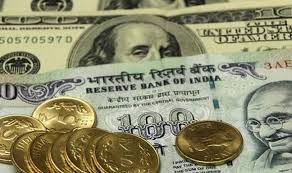
The United States has once again included India in its monitoring list of countries with potentially “questionable foreign exchange policies” and “currency manipulation”.
Daily Current Affairs Quiz 2020
Key-Points
This comes a year after India was removed from the watchlist in the US Treasury Department’s semi-annual foreign-exchange report to the US Congress.
The term ‘currency manipulator’ is a label given by the US government to countries it feels are engaging in “unfair currency practices” by deliberately devaluing their currency against the dollar.
The practice would mean that the country in question is artificially lowering the value of its currency to gain an unfair advantage over others. This is because the devaluation would reduce the cost of exports from that country and artificially show a reduction in trade deficits as a result.
An economy meeting two of the three criteria in the Trade Facilitation and Trade Enforcement Act of 2015 is placed on the Monitoring List. This includes:
- A “significant” bilateral trade surplus with the US — one that is at least $20 billion over a 12-month period.
- A material current account surplus equivalent to at least 2 percent of gross domestic product (GDP) over a 12-month period.
- “Persistent”, one-sided intervention — when net purchases of foreign currency totalling at least 2 percent of the country’s GDP over a 12 month period are conducted repeatedly, in at least six out of 12 months.
Once on the Monitoring List, an economy will remain there for at least two consecutive reports “to help ensure that any improvement in performance versus the criteria is durable and is not due to temporary factors.





